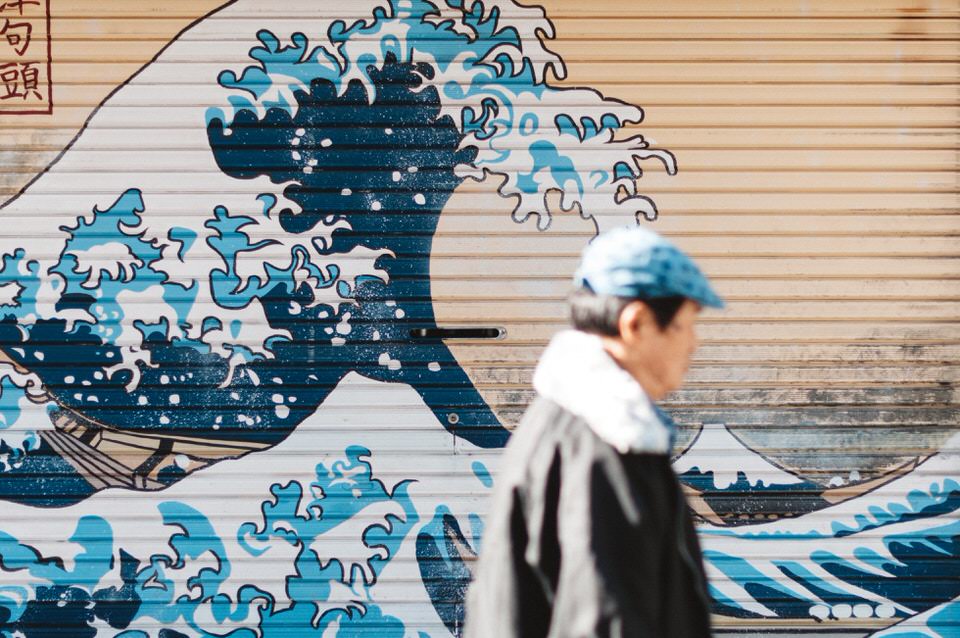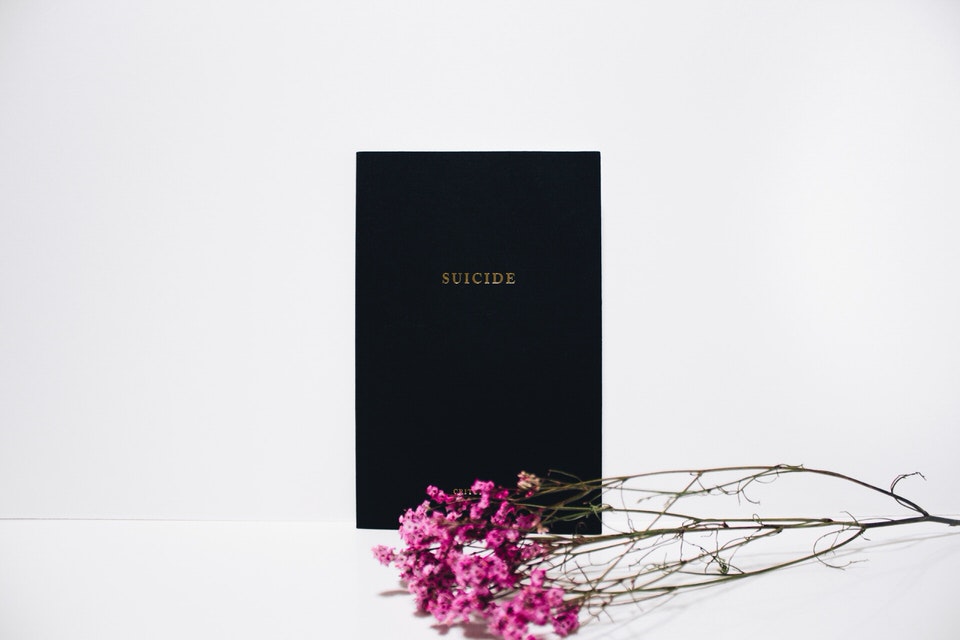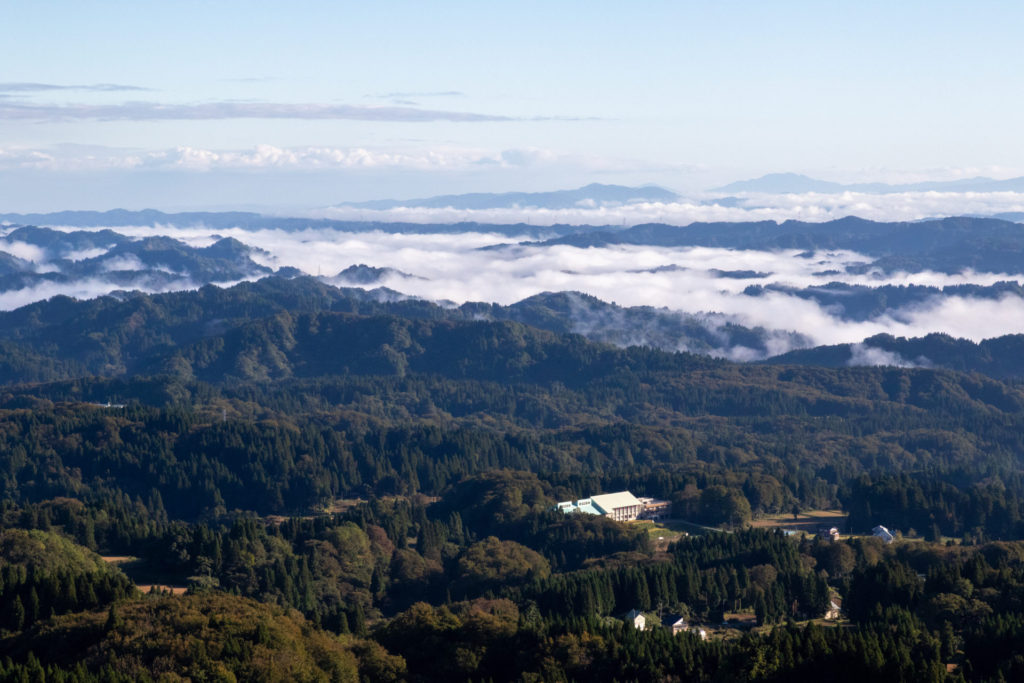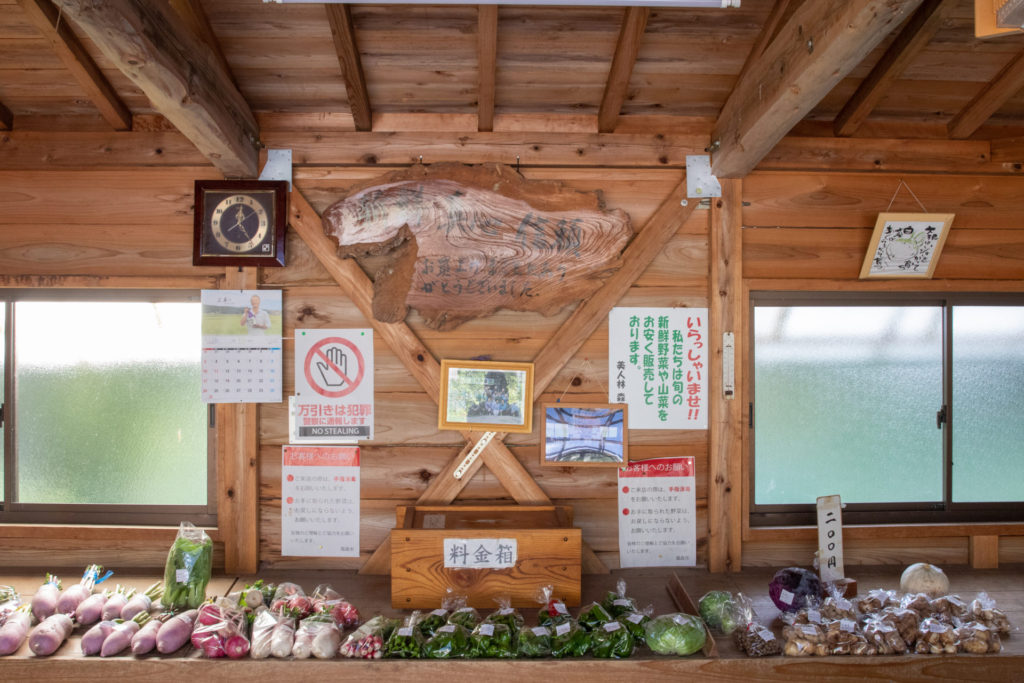Oni are imaginary monsters that have existed in Japan since ancient times, and the idea of Oni is used in a wide range of contexts today.
Oni are sometimes described as monsters in folktales, sometimes revered at festivals as a force to ward off evil, sometimes used in cartoons, tattoos, and other forms of art, and even used in everyday Japanese language.
Let's take a look at what demons are and how they have permeated modern society in this page.
What is Oni?
Oni are imaginary monsters and demons that are usually thought to harm humans.
However, Oni, which have existed in Japan since ancient times, are not just one type of monster, but are imagined in various forms such as human grudge spirits, legendary gods, specters, and religious beings.
Their definition varies depending on the scene in which they appear. It is difficult to define them as they have changed with time.
What do oni look like
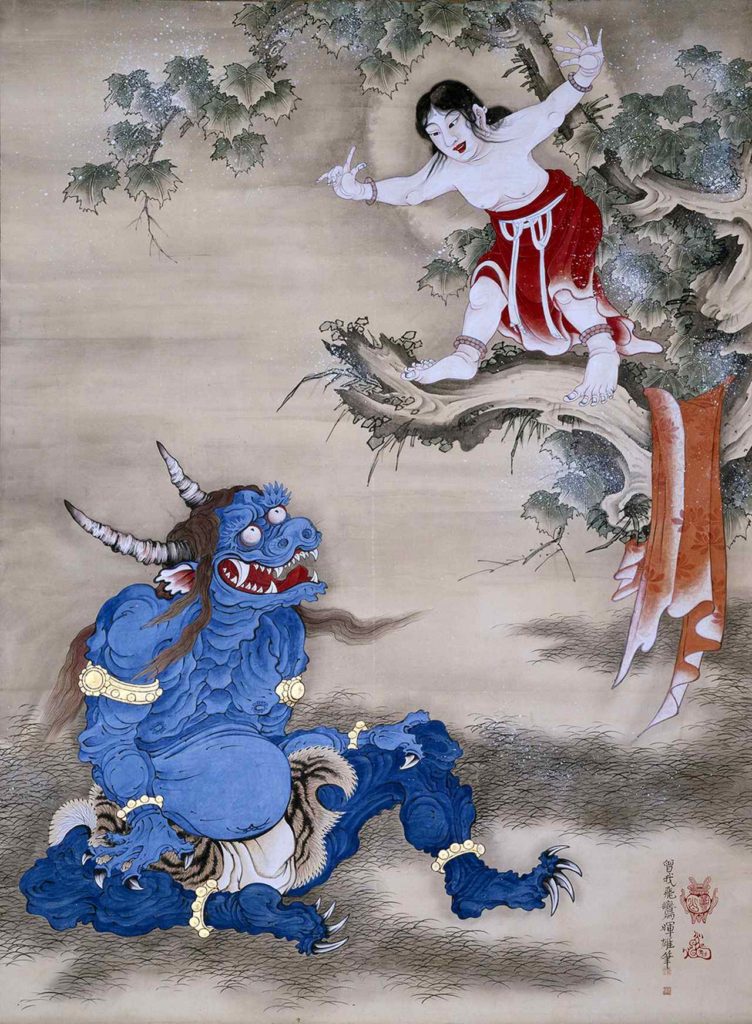
The most common form of the imaginary oni is depicted as a large man, more than eight shaku (尺: approx. 30 cm), with red, blue, black, or yellow skin, hairy and muscular, with a frizzy head of hair and two horns.
They also wears a tiger-skin loincloth on his waist, holds a heavy iron rod in his hand, and has one or two eyes and a sharp spit sprouting from his large mouth.
Behaviour
The consistent behavior of Oni is that they are cannibals, appearing in the human world and attacking people and eventually eating them.
Oni were an object of fear for people.
Origin and History of Oni
The word "Oni / 鬼" originally came from China.
In China, Oni were thought to be the souls of the dead themselves, and were considered to be formless.
When the word was introduced to Japan, it became associated with the Buddhist concept of demons and was seen as something scary and frightening.
Where the word "Oni / 鬼" come from in Japan
There is a theory that the word "oni" is derived from the word "onu," (隠 : hiding) which means unseen by others.
In the Heian period (794-1185), the name "Oni" was firmly established, and from that time on, Oni began to be depicted in stories as terrifying monsters.
Oni and Festivals
On the other hand, Oni was revered at festivals as a force to ward off evil in Japan.
Hana Matsuri : Sakaki Oni / 榊鬼
In the Hana Matsuri held in the villages of Kitashitara-gun, Aichi Prefecture, Oni that bring good fortune to people also appear.
The sakaki oni (榊鬼) is the most important Oni in this festival and it is said to be that Sakaki Oni infuses new life and vitality into the earth and brings blessings from nature and a good harvest.
Ondeko (鬼太鼓)
Ondeko is a Shinto ritual in which a team of Oni, lions, flutes, drums, etc. go around to all the houses in the village and pray for a good harvest and family safety, to ward off evels.
Setsubun (節分)
Setsubun is another event that is very close to our daily lives and is held in every household.
It is believed that evil spirits easily enter at the division of the seasons, especially at the division of the year.
In the context of this Setsubun-event, Oni are thought to symbolize evil spirits and bad luck, and disasters, illnesses, famines, and other horrible events beyond human imagination has been believed by Oni.
Therefore, in order to drive away Oni, soybeans, which are said to contain the spirit of the grain, were sprinkled to ward off evil spirits.
Folklore
Oni appears often in many Japanese folklore.
Here's some of stories:
Example: Momotaro

Momotaro is one of the popular folklore in Japan.
The concept of Momotaro is also used in a TV commercial for Pepsi, a carbonated beverage.
Momotaro story : http://japanfolklore.blogspot.com/2008/08/momotaro.html
Onigokko : Outdoor recreation
Oni-gokko (=is said to be "Tag" in English) is one of the most popular outdoor games for children.
It is one of the most popular outdoor games for children.
Onigokko have been popular since Edo period according to International Onigokko Association.
Oni-gokko is still famous today, and there is even a famous TV program that broadcasts Oni-gokko.
TV Program : Tosottyu (逃走中)
‘Oni’ Usage in Japanese
There are also proverbs and slungs using "Oni".
Proverbs
Here's some example:
心を鬼にする : Make a heart Oni
Consciously take a rutthless attitude for the sake of the person.
鬼の目にも涙 : Teas in the eyes of Oni
Even people who are usually harsh and merciless sometimes feel compassion and become kind.
(Because even ruthless Oni sometimes shed tears of compassion.)
鬼に金棒:Gold rods to the Oni
This is a metaphor for the addition of something even more powerful to an already strong things
(Oni is already strong but Oni become more strong if they had gold rods.).
Slung
Young people use "Oni" as next step of "very". They accentuate the meaning of very by using "Oni".
So you can use very cute like Oni cute.
Tattoo
In Japan, Oni are often used as the subject of tattoos.
According to Lucky Round Tattoo, Oni symbolizes power, protection, strength, anger, and the dispelling of evil spirits.
You can learn more about Japanese style tattoo here.
Japanese style tattoos : History & Design
Tattoos have developed in a unique way in Japanese history. Although it is an important part of culture and one of Japan's traditional art forms that is proud of, it is definitely a controversial
Manga
You might notice that Oni are dipicted by some mangas too.
Here's some examples:
- Demon Slayer : 鬼滅の刃
- Spooky Kitaro : ゲゲゲの鬼太郎
- The Return of Lum : うる星やつら
- Hell Teacher Nūbē : 地獄先生ぬーべー
- Hozuki's Coolheadedness : 鬼灯の冷徹
Learn more about Japan
You can learn more about Japan here:
Japanese Culture : Everything you need to know
Here's the summary of Japanese culture that you need to know. Hope this article helps you to find new interest and chance to deep into Japanese culture.
■Reference
The World Encyclopedia, Revised Edition
鬼の正体とは?知られざる起源や特徴に迫る
Hanamatsuri
file-120 佐渡の宝、鬼太鼓と民謡を未来へ、世界へ(前編)



